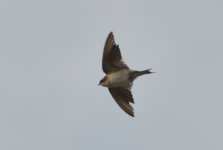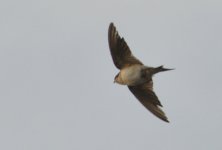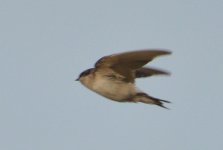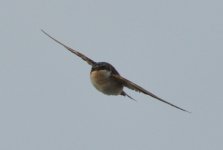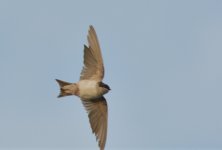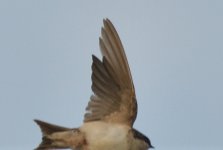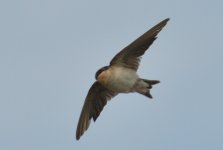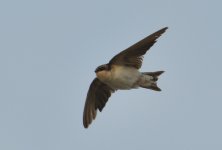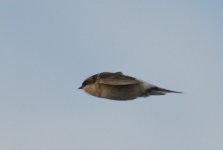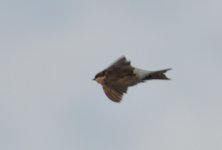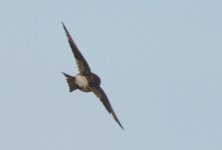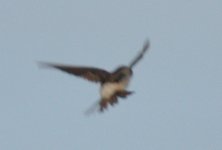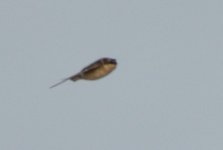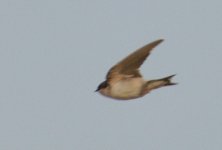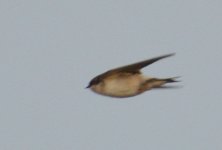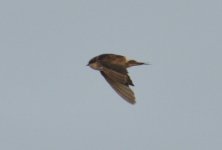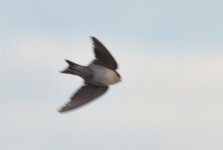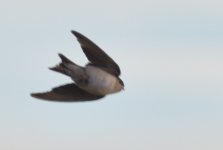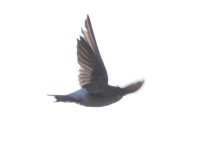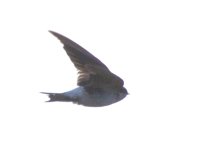PaulCountyDurham
Well-known member

'I've seen a type of this bird today and yesterday on the Northeast coast (flying over rough grass land). 'Light wasn't the best, and so didn't bother trying to get a picture.
I don't think it was a swallow: flight pattern, colour and shape didn't fit, and it's not an area associated with house martins, e.g. the type of buildings they like to nest in and so the areas they populate.
I'd say the proportion of the white part of the bird seemed more than both the house martin and the swallow. I'm hardly an expert but I have spent days involving hours watching and trying to photograph both birds.
I'm thinking it must be a house martin that has found its way down to the coast and is late on migrating. I've had a look 'round the internet and I can't see any other reasonable alternative. 'Anyone else had such an experience seeing one of these birds past the middle of November on the coast?
I don't think it was a swallow: flight pattern, colour and shape didn't fit, and it's not an area associated with house martins, e.g. the type of buildings they like to nest in and so the areas they populate.
I'd say the proportion of the white part of the bird seemed more than both the house martin and the swallow. I'm hardly an expert but I have spent days involving hours watching and trying to photograph both birds.
I'm thinking it must be a house martin that has found its way down to the coast and is late on migrating. I've had a look 'round the internet and I can't see any other reasonable alternative. 'Anyone else had such an experience seeing one of these birds past the middle of November on the coast?





